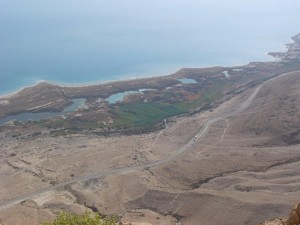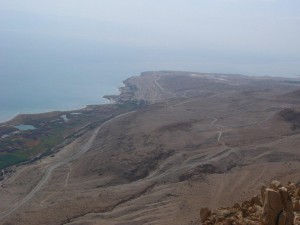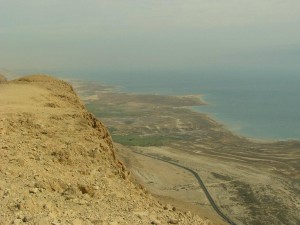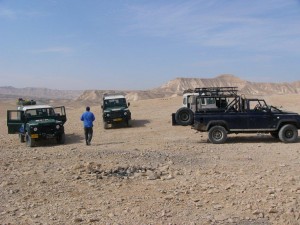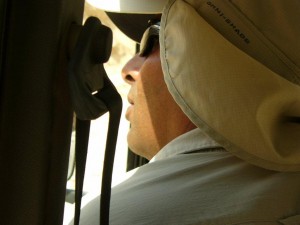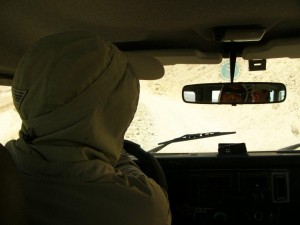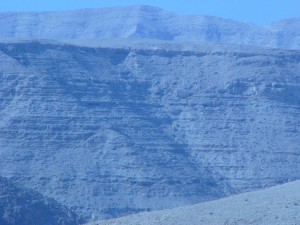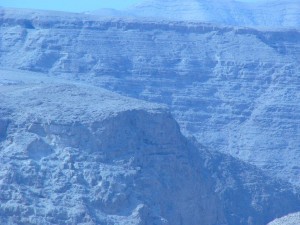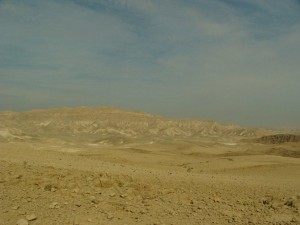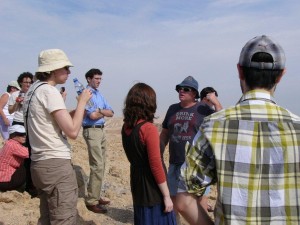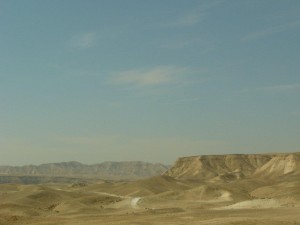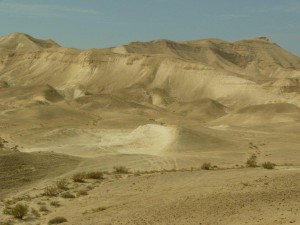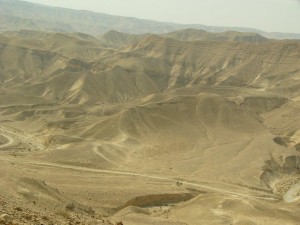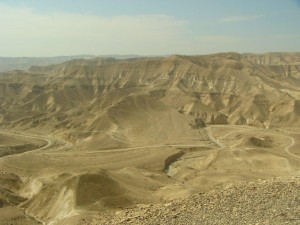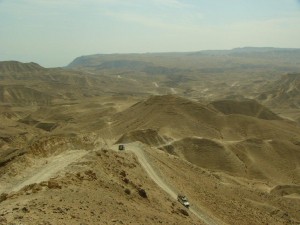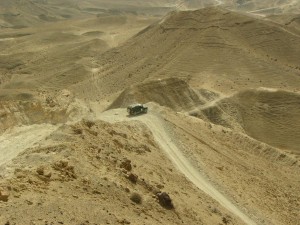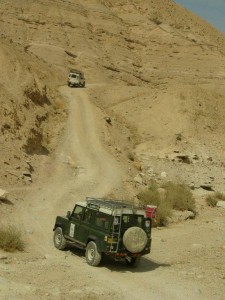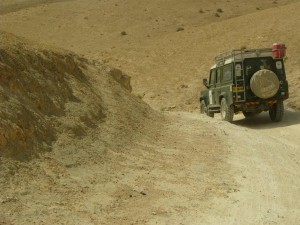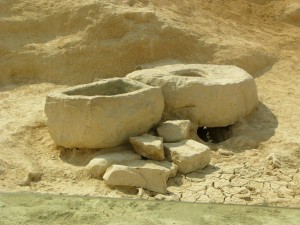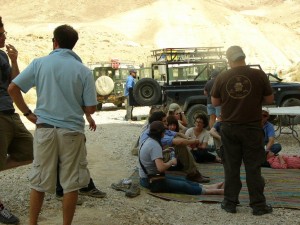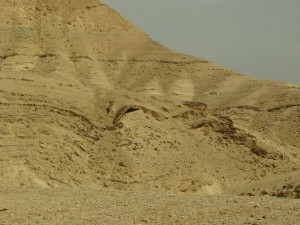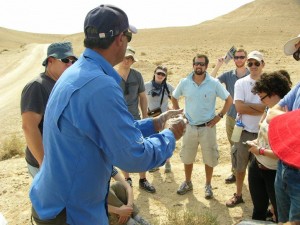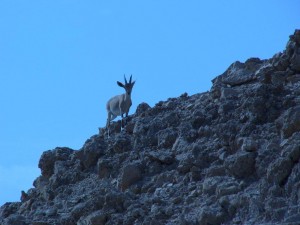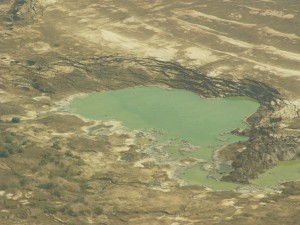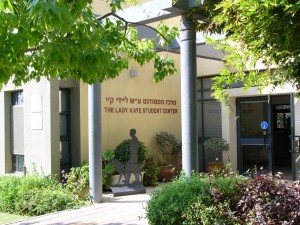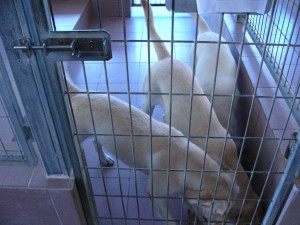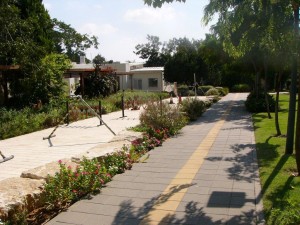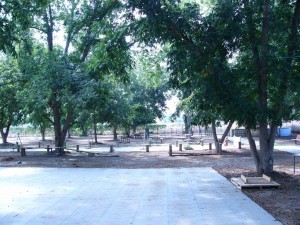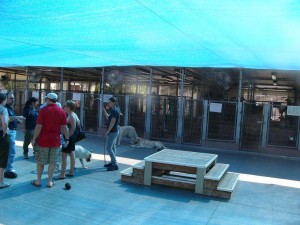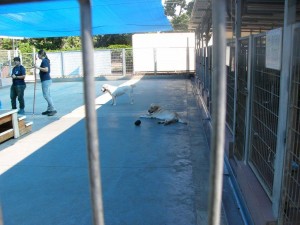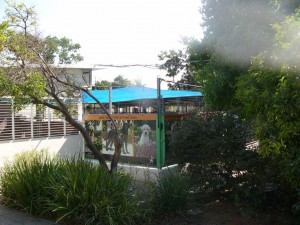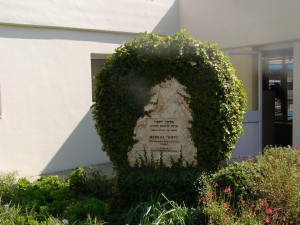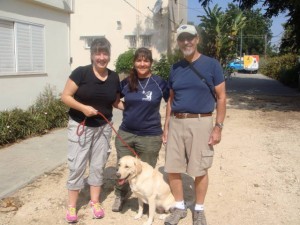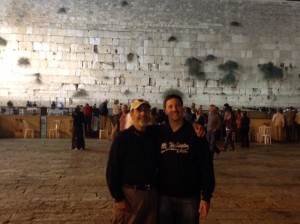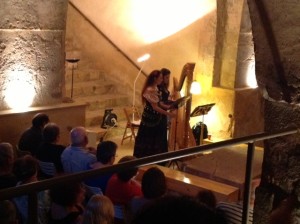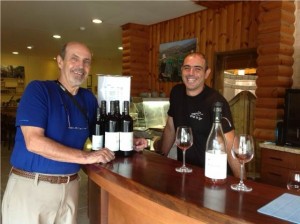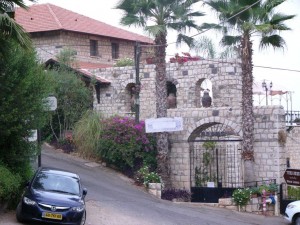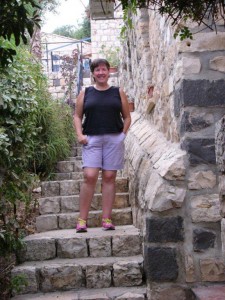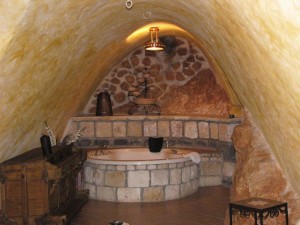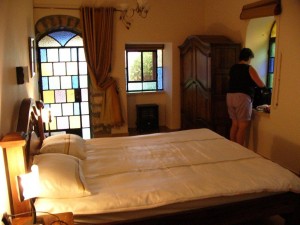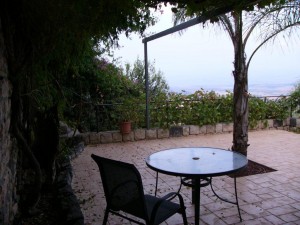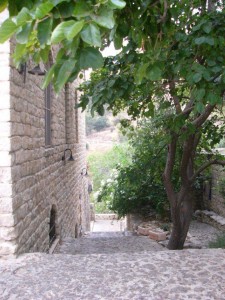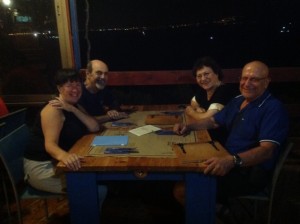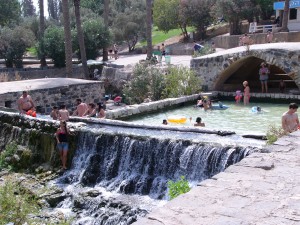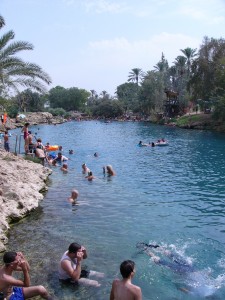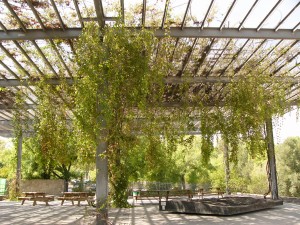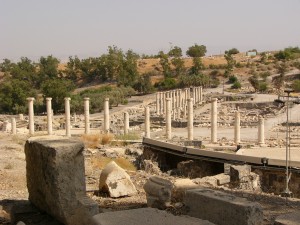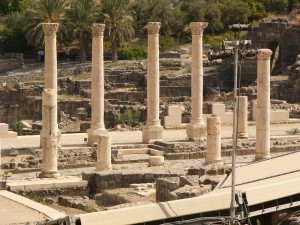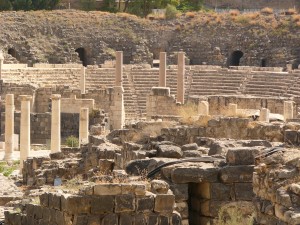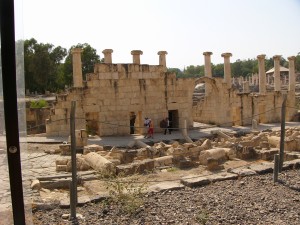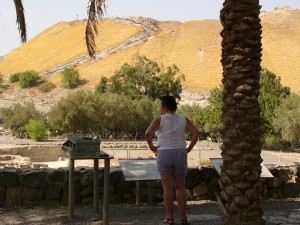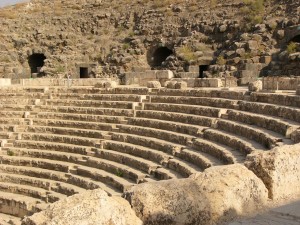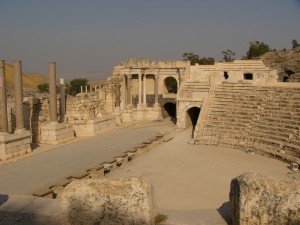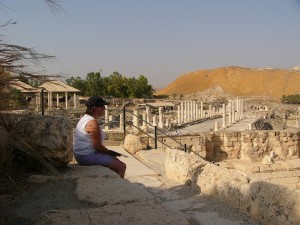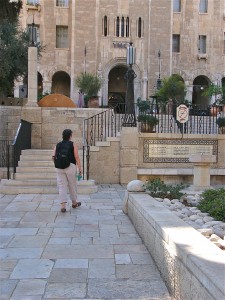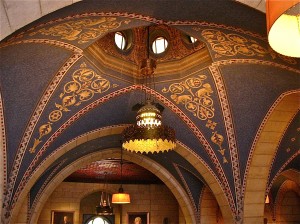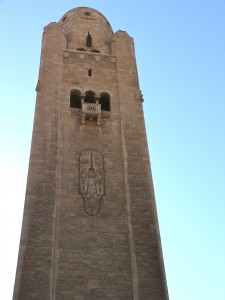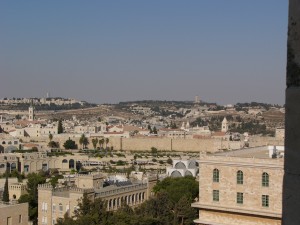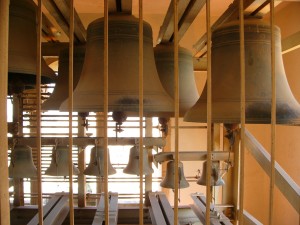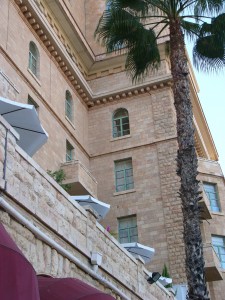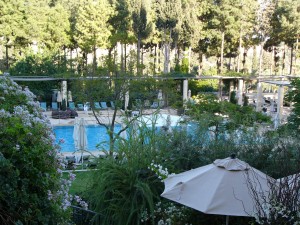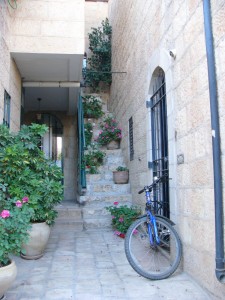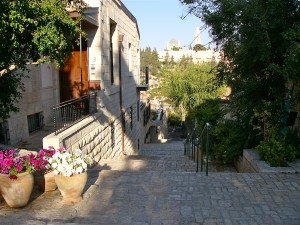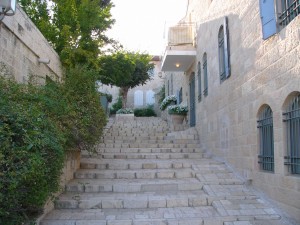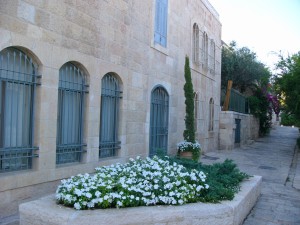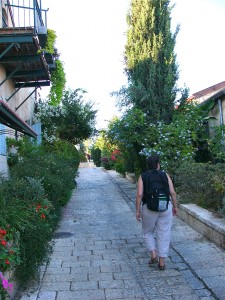Not too many posts lately because we’ve tried to get some work done! Here is a quick update.
Marty: Marty’s time in Israel has not been all play; a lot of play, but not all play. He continues to edit the Journal of Inorganic and Organometallic Polymers and Materials and has put together several issues from Jerusalem. With little to no distractions here, his productivity has increased five-fold. He’s processed more than 100 manuscripts just since Aug 28th! The internet is a wonderful thing.
Carol: Carol is furiously trying to figure out how to apply Ab Initio Valence Bond Theory to the benzynes; in particular using it to gauge the importance of sigma and pi bonding and the coupling between the two.The benzynes are pretty big molecules for this method (14 covalent structures and 1450 ionic structures), but it might be possible to incorporate much of the ionic effects using Coulson-Fisher orbitals. Anyhow, she has a pretty good understanding of the mechanics of the approach and is hoping to soon move into production mode, i.e. cranking out results. In the meantime, she just submitted a paper to the Journal of Physical Chemistry A, detailing a quantum mechanical investigation of the reaction between heteroaromatic molecules and excited state singlet oxygen. This work was done with her post-doctoral fellow Xinli Song and two undergraduates Haseeb Ahmed and Furong Bai. There is a lot of interest in the reactivity of these molecules because they are contained in asphaltenes, the petroleum component of alternative fuel sources such as oil shale and oil sand. The molecular graphic below shows that molecular oxygen adds to the 2,5-thiophene positions, breaks the planarity and aromaticity of the ring, and forms a bicyclic endoperoxide product. If you want more of the quantitative details, she’ll send you a preprint (but be forewarned, if you do so, she’ll also likely add you as a suggested reviewer on her next submission dealing with the radical recombination reaction between heteroaromatic and HO2 radicals (in progress)!)


